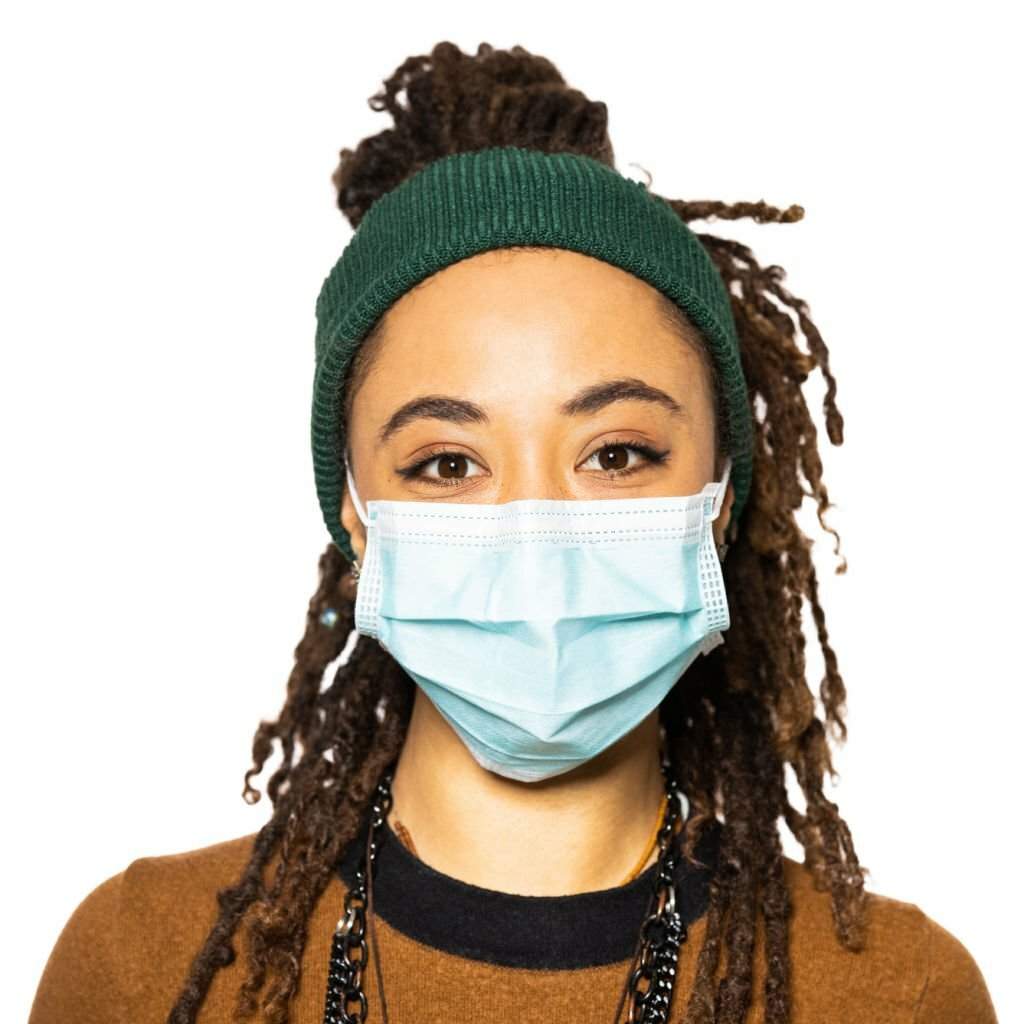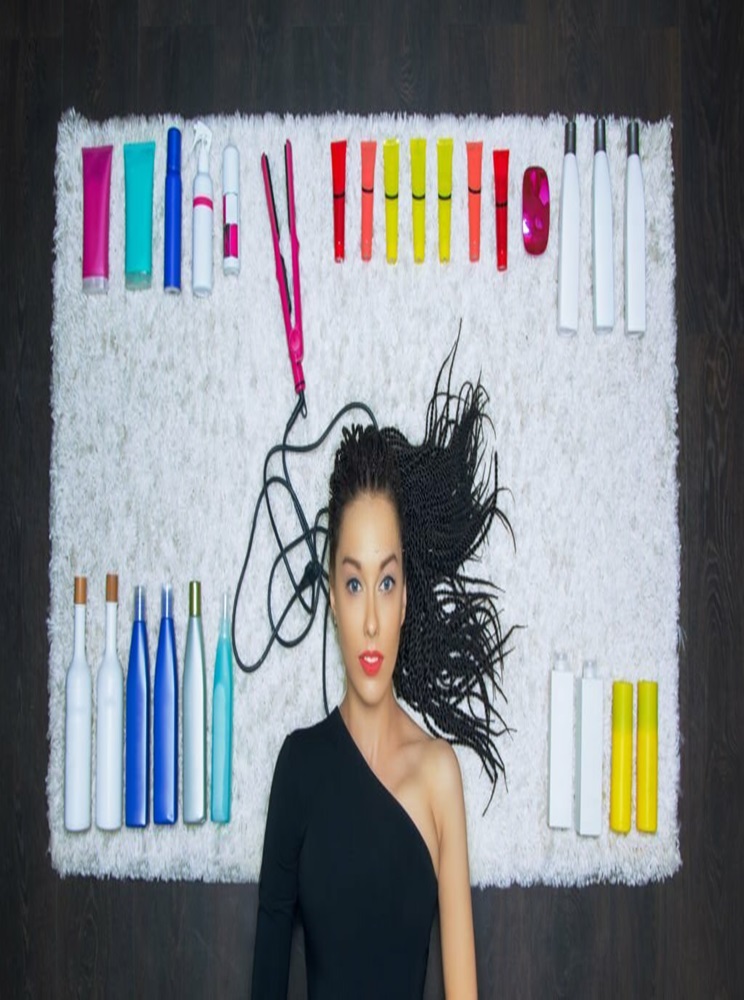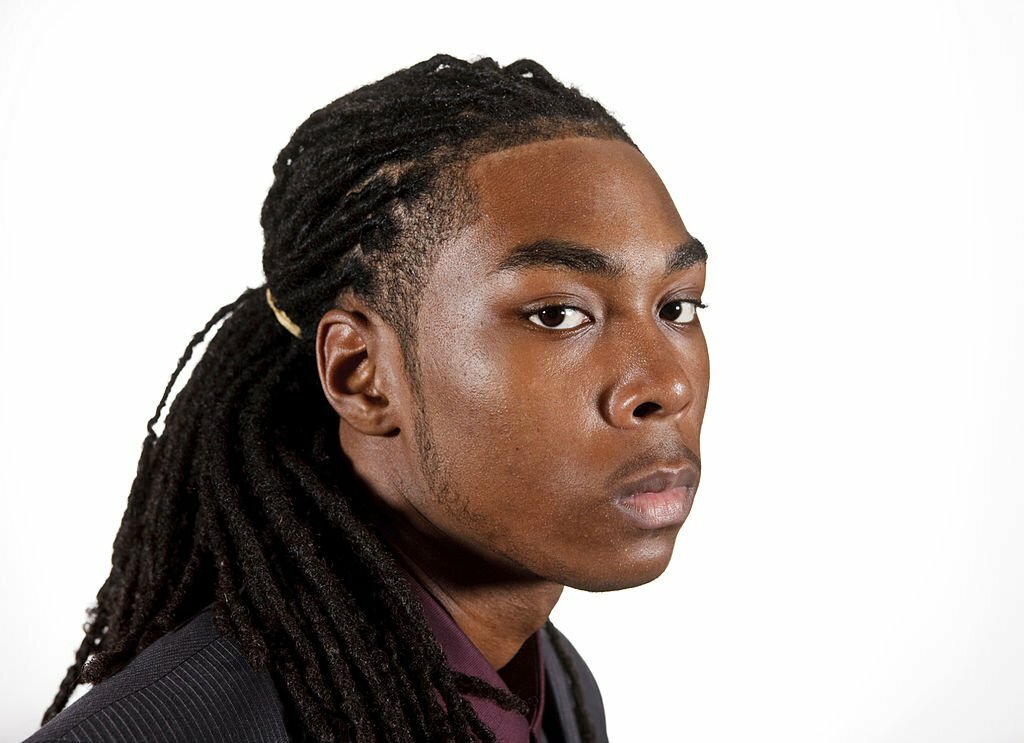Dreadlocks, also called locs, is an iconic hairstyle that emerged from the very well-known “wicks’ that mainly African Americans enjoy.
Growing and maintaining healthy dreadlocks from your natural hair is daunting. It comes with challenges, such as an extensive time frame, hair care commitment, and patience with the whole process.
Healthy locs attract individuals with their shiny and neat look. The dreadlocks look thick and well-crocheted. However, the thinning and shedding of dreadlocks is the primary sign of unhealthy locs.
In addition, the unhealthy dreads don’t look charming and even leave a receding hairline. In this article, we will share how to recognize common growth problems with dreadlocks and how to find the best possible solution. So, let’s talk about the Healthy vs. Unhealthy locs.
Healthy Dreads vs Unhealthy Dread locs:
Having locks is everyone’s choice, but one must be mindful of all the struggles needed to keep the locks healthy and in good shape.
Primary signs of healthy locs include long, solid, thick dreads lasting for years. On the other hand, the unhealthy locs are prone to hair damage and hair fall.
Now, let’s have a look at the signs of Healthy vs. Unhealthy locs briefly:
5 Healthy Locs Signs:
1: Neat and clean
Dreadlocks that look naturally clean and neat are considered as healthy. They have no unpleasant smell or unpleasant residues stuck in the dreads. Furthermore, the locs are easy to clean with simple locs cleaning accessories.
2: Well-moisturized
Keeping the dreadlocks healthy includes keeping them well moisturized by using several products. Additionally, the locs with a healthy look and natural sheen are prone to growth.
3: No breakage
Healthy dreadlocks are strong enough to show resilience. They show no signs of breakage or falling off. Anyhow, misuse of any product or mishandling of the dreadlocks during maintenance can cause unnecessary dread breakage.
If your dreads start falling off for no reason, it is a sign to be more careful with their care.
4: Consistent growth
Another sign of having healthy locs is their consistent growth over time. Although the locs show prolonged growth, they ultimately take almost two years to develop. If your dreads stop growing, look for the possible factors.
5: Size and shape
Significant signs of healthy locs include the consistent size that keeps growing. Moreover, their shape also talks about their health. The immature size or condition of the locs can be problematic for individuals with the locs.

6 Signs of Unhealthy Locs:
Healthy locs are easy to identify as they look and smell good. On the other hand, it’s tough to recognize the unhealthy locs. There must be some mishandling of the healthy locs that leads to unhealthy locs, such as:
- Using tight hold gels.
- Bleaching locs at home.
- Constant retwisting.
- Incorrect use of a crochet hook.
- Using a hair dryer.
- Frequent use of hair shampoo and conditioner.
If you have followed these practices in routine life, you are likely to have destroyed your locs. But don’t worry, treating dull and damaged dreads is now easier than ever. Here we present a few signs of unhealthy dreadlocks:
Read More: Wick Dreads: Complete Dreadlocks Style Guide & Tips
1: Scalp irritation
The first sign of problematic dreads is the unhealthy scalp. The dreads cause dryness in most hair types, shrinking the dreadlocks.
Moreover, extreme dryness indicates a potential sign of harmful growth of locs—the dryness of the scalp results in product residues that cause cleaning problems.
2: Excessive hair loss
Unhealthy locs result in falling off the locs. The locs become brittle and shed quickly due to inadequate care. Moreover, the locs result in excessive hair loss in no time.
If these are the signs that you are observing during your dreadlock journey, the chances are that you are suffering from a rough patch.
3: Foul smell
Damaging dreadlocks have a foul smell that irritates the others. Further, the locks become greasier and are prone to attract dirt and product residues—the significant number of residues results in the build-up, which is more challenging to clean.
4: Receding hairline
Another sign of potentially damaged dreadlocks is the receding hairline, possibly due to the unhealthy locs that keep shedding and receding. The hairline keeps on decreasing due to the heavier locs.
5: Scalp infection
Scalp health is as important as hair health to enjoy healthy locs. Dirt and product residues can result in build-up, which yields a foul smell.
It can also be due to bacteria, fungus, or mold in the locs. Furthermore, serious scalp infections require immediate attention to the problem.
6: Heavy locs
Unnecessarily heavy locs appear to be stretching the hairline backward. It destroys the natural hairline on the forehead and indicates potentially destructive locs. Lastly, heavier locs are prone to build up and may need a better shape and size.
Furthermore, the locs that are thin at the roots and thicker at the ends cause potential damage to the scalp. Now, how can you repair locs thin at the bases? The solution lies in a good healthy diet, natural products, and timely maintenance of locs.
How to Repair Unhealthy Locs?
A healthy transformation of locs from unhealthy and dull locs to shiny locs is now possible with some of the most straightforward tips and tricks. It would help if you avoid dreadlocks mistakes to keep your locs healthy. Moreover, follow these tips to repair your dreadlocks:
- Keep locs and the scalp clean with natural hair products. Avoid the use of unnatural products.
- Detox your locs after every two months.
- Avoid using heat for styling and drying your locs.
- Use a head scarf or cap while sleeping at night.
- Retouch the locs with retwisting by a professional loctician.
- Keep locs well moisturized using essential oils.
Pro Tips:
Summing up the discussion about healthy vs. unhealthy dreadlocks with a pro tip:
- Always contact your loctician if you find any unnatural or unrealistic behavior of your dreads.
- If you observe why my dreads are thinning at the ends rapidly, run to your loctician.
- Discuss the issue and look out for the possible solution.
FAQs:
How do you know if your dreads are unhealthy?
Unhealthy locs smell bad, look greasier, and are prone to fall off easily.
How can I make my locs healthier?
By taking good care of your locs, you can keep the locs healthy. Retwist them when needed, avoid the heat, and keep locs moisturized.
What causes weak locs?
Unnecessary retwisting, bleaching, and scalp infections result in weak, brittle dreadlocks.
What damages locs?
Frequent use of hair drying equipment damages the locs. Additionally, not moisturizing locs at all potentially harms the locs.



